Great black and white portraits aren’t just outstanding color images that were converted to b&w. This means that capturing a gorgeous black and white photo involves more than just decreasing the saturation on a color photo. Black and white photography is an art form in its own right and it is based on very specific rules that you should learn and understand if you want to get the most out of your black and white images.
The following 5 hints and tips can help you start creating beautiful portraits in monochrome:
1.Focus On Highlights And Shadows
We all know that using color in photography is a powerful way to help separate subjects from the background. Colors can be used to direct a viewer's eye through your image as well.
In b&w photography every color is converted to a shade of gray and this method can make the separation between subjects and background less obvious. In order to avoid this, it’s important to think about the lightest and the darkest parts of your photo as the most important areas. Black and white photography uses light in its simplest form – there are no additional parameters. Being able to promptly identify areas of light, shadow and strong contrast can certainly help your subject stand out.
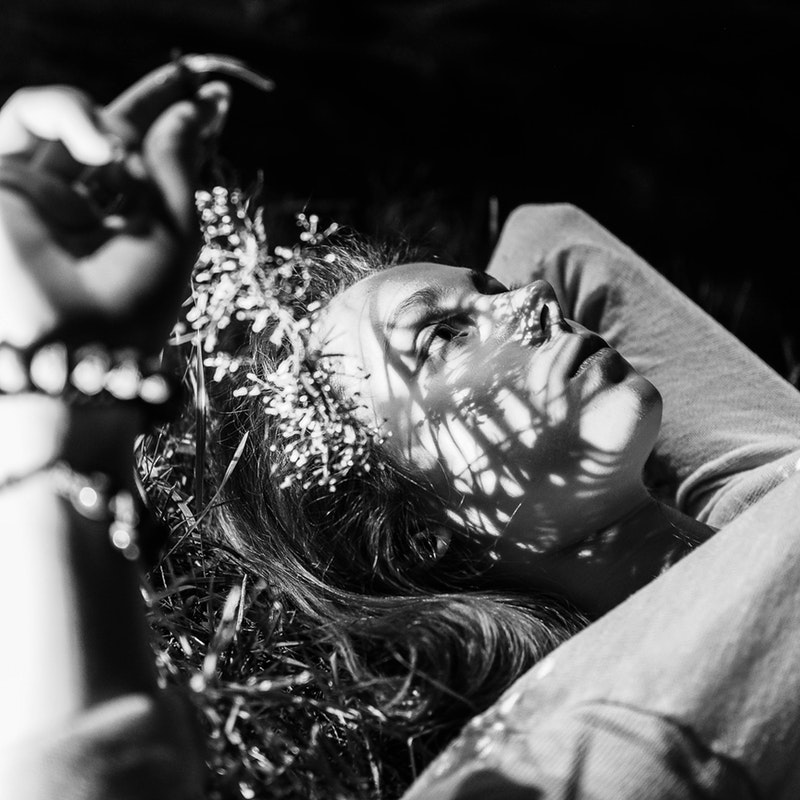
2. Aim For Simplicity
Black and white photography is already by itself a form of simplification. It removes color from the scene and makes it more plain and clean-cut in this way. Because of this, it certainly makes sense to introduce the theme of simplicity to your black and white portraits. You can do this by simplifying composition and lighting. You can try to keep backgrounds of your b&w portraits as uncluttered as possible. This is easy to achieve if you’re shooting in a studio, but it can be more demanding if you’re shooting on location.
However, you can always move in close and use a wide aperture to throw the background out of focus. You can do this by using a prime lens such as 85mm and a wide aperture to blur the background, such as f/1.8.
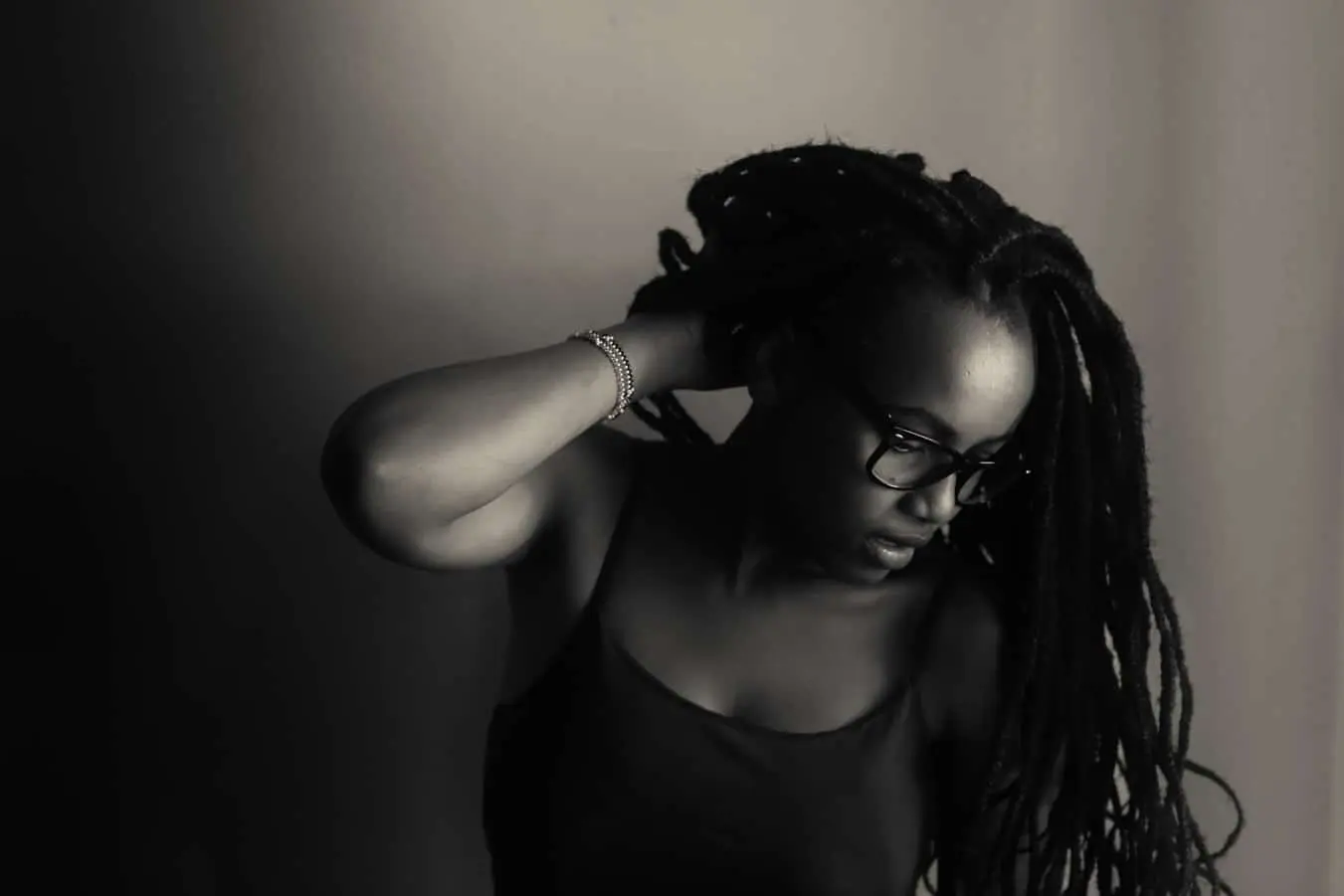
3. Introduce Symmetry Or Patterns
Not everyone likes simplicity and plain backgrounds! If you’re into something less minimalist, there are many ways to use backgrounds and subjects in a creative way, even in b&w photography. In order to spice up your composition, you can use symmetry, patterns, and textures. They are all closely related and they can produce rather impressive portraits.
Just like in color photography, you can move around and look for interesting repeating patterns and lines.
Texture is also an important factor when shooting portraits in black and white. For instance, if your model is young and has rather smooth skin, you can place him or her against a rough and uneven surface to underline the difference in texture. You can do the same when it comes to your model’s clothing – silk and satin might pair well with stones and bricks.
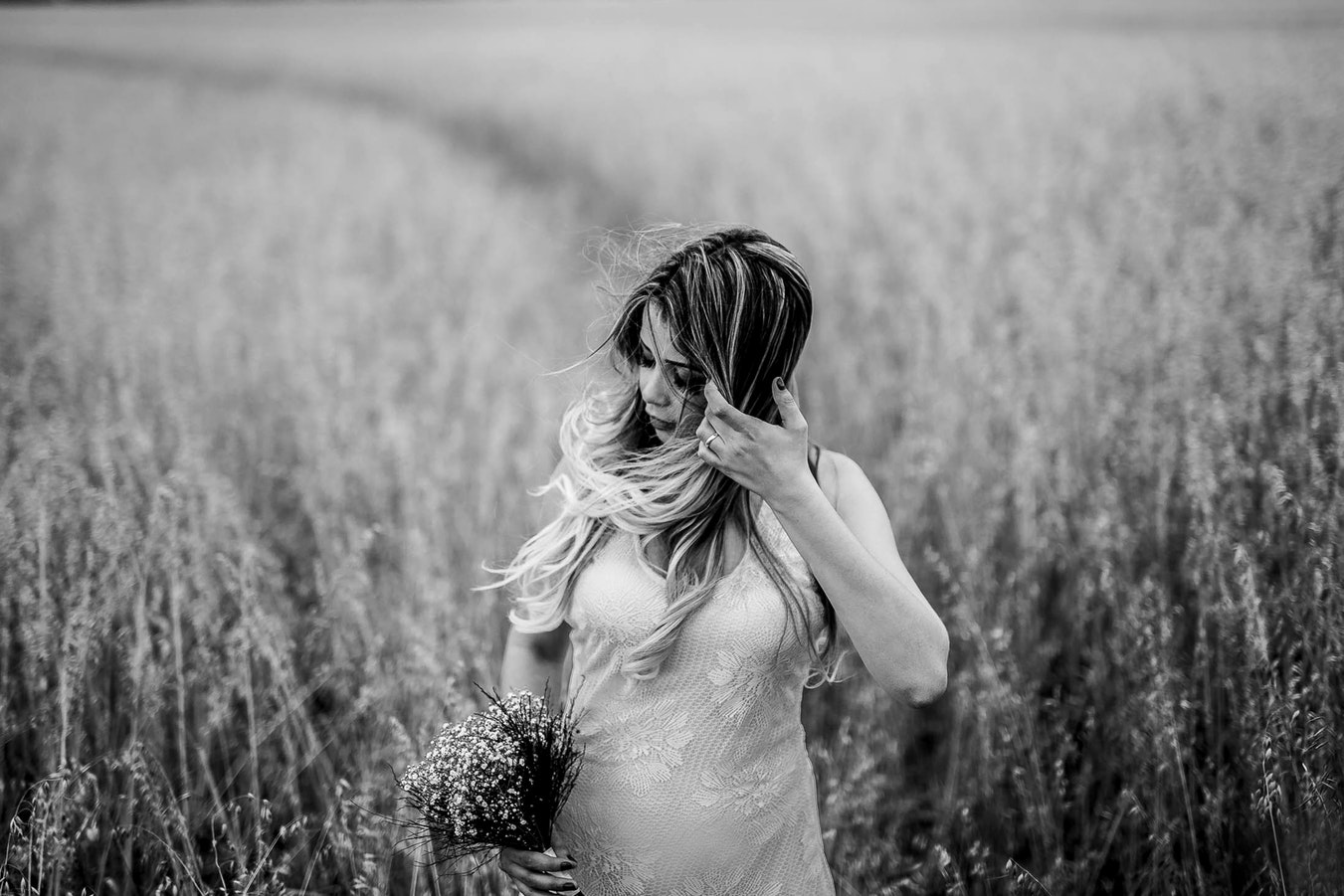
4. Increase Tonal Contrast In Editing
Black and white images often need higher contrast than color ones. You might not notice this while shooting, but once you import your images to Lightroom and Photoshop, you will probably notice that they lack some punch in terms of contrast. You shouldn’t be afraid to push the Lightroom sliders around to see what works best for you.
In case you’re not happy with the results, you can even move beyond Lightroom by using a plug-in called Silver Efex Pro 2, which is perfect for outstanding black and white conversions, especially in portraiture. See our article on the best photography software for other options.
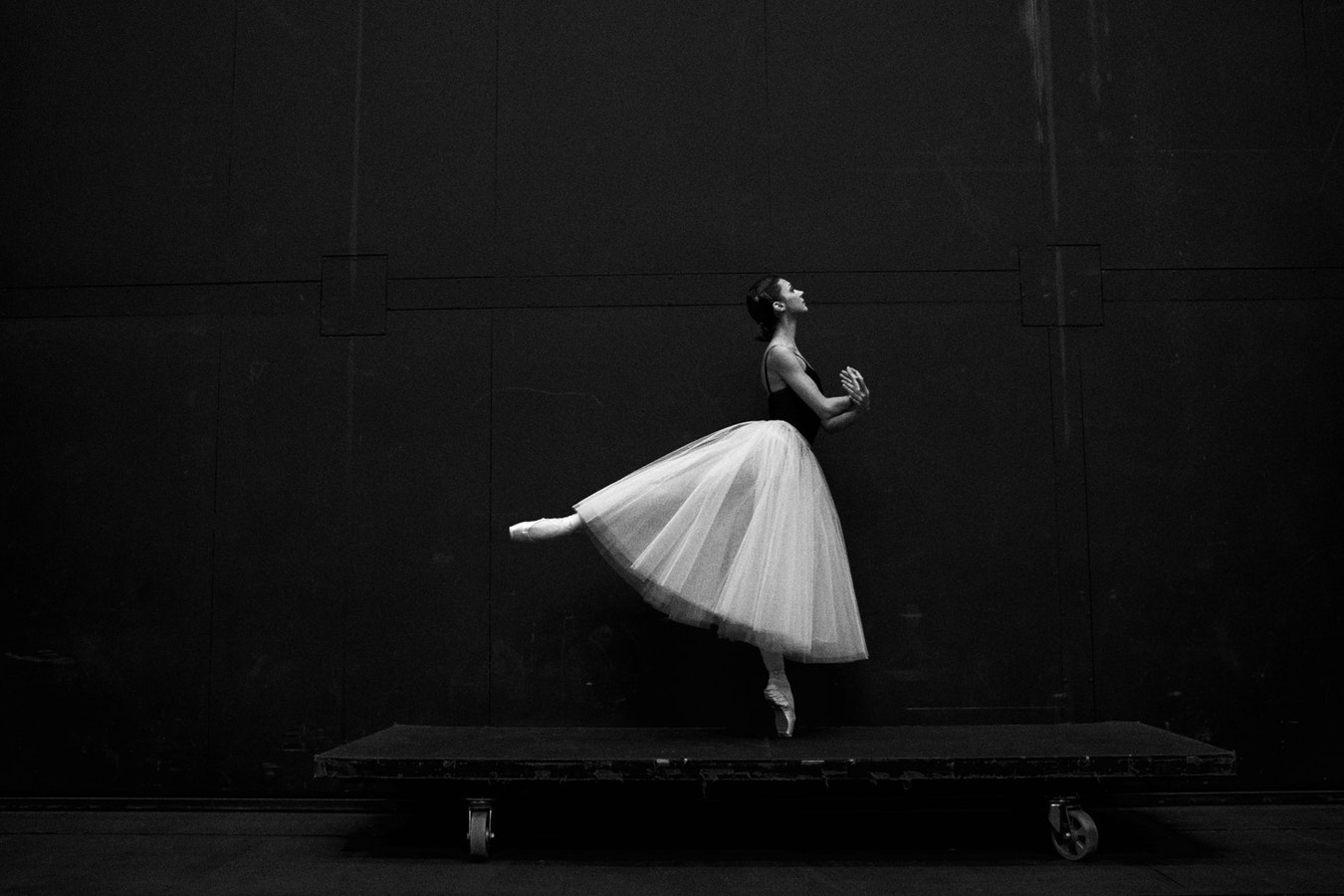
5. Capture Emotions and Expressions
Great portraiture is not only about technical perfection – it is also about emotions! Even if your composition and lighting are brilliant but your model seems disinterested, your photographs won’t be eye-catching.
Before the actual shoot, you should get to know your model and pay attention to his or her expressions. There’s a whole array of emotions you can explore with your model – from enthusiastic smiles of joy to gloomy nostalgic looks! You should also be aware of unconscious gestures of your model since such acts are very unique and they truly reveal someone’s character.
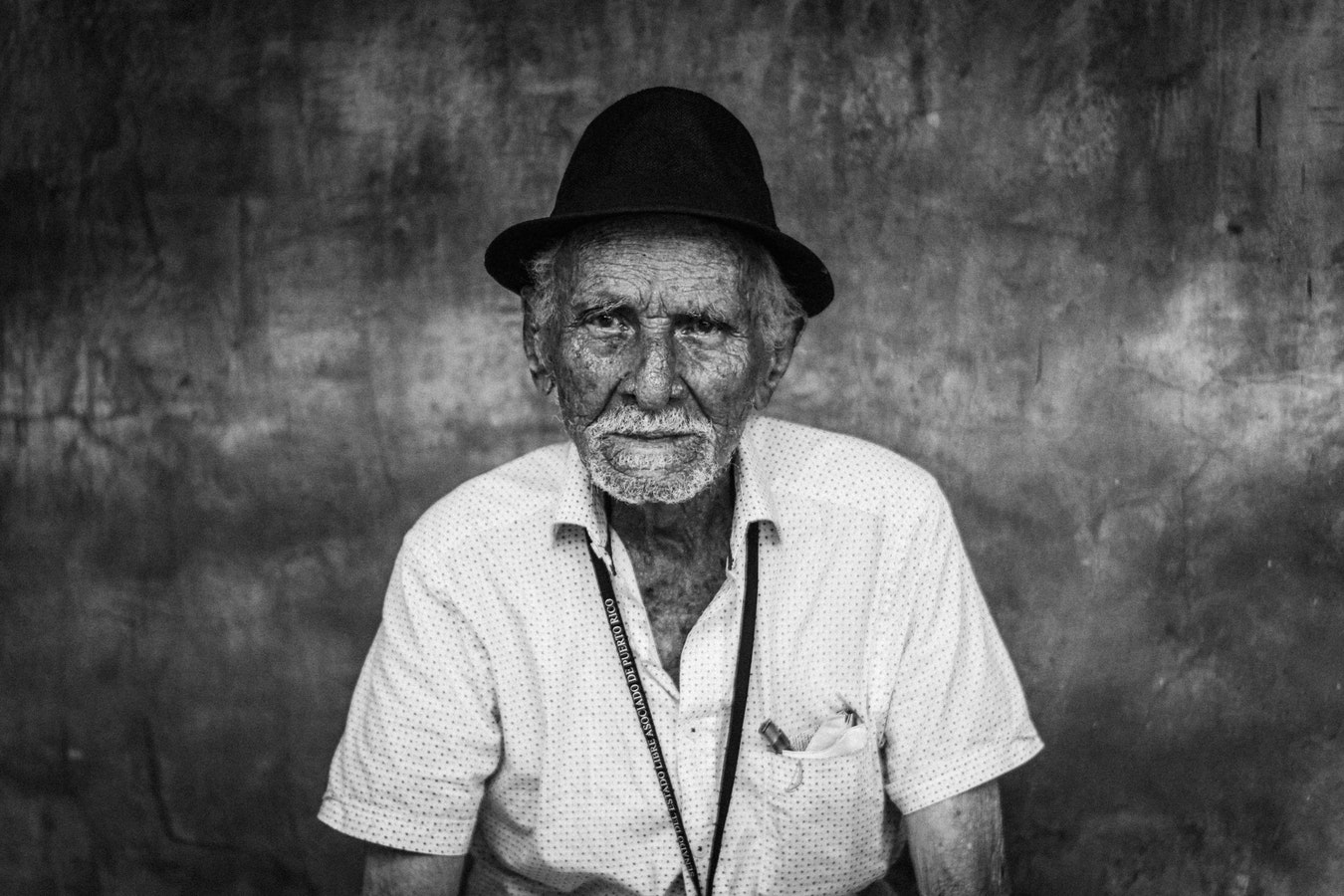
The most beautiful black and white portraits are created in two stages – first when you take the photo itself and secondly when you edit it in Lightroom and Photoshop. By following the simple hints mentioned in this article, you can improve your b&w portraits and make them stronger in terms of composition, lighting and emotional impact.
Of course, only 5 tips barely touches the surface. To truely delve deep into the art of black and white portrait photography, you might like to take a look at this in depth guide.






